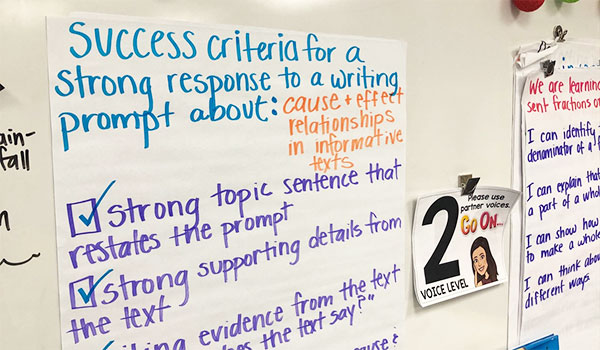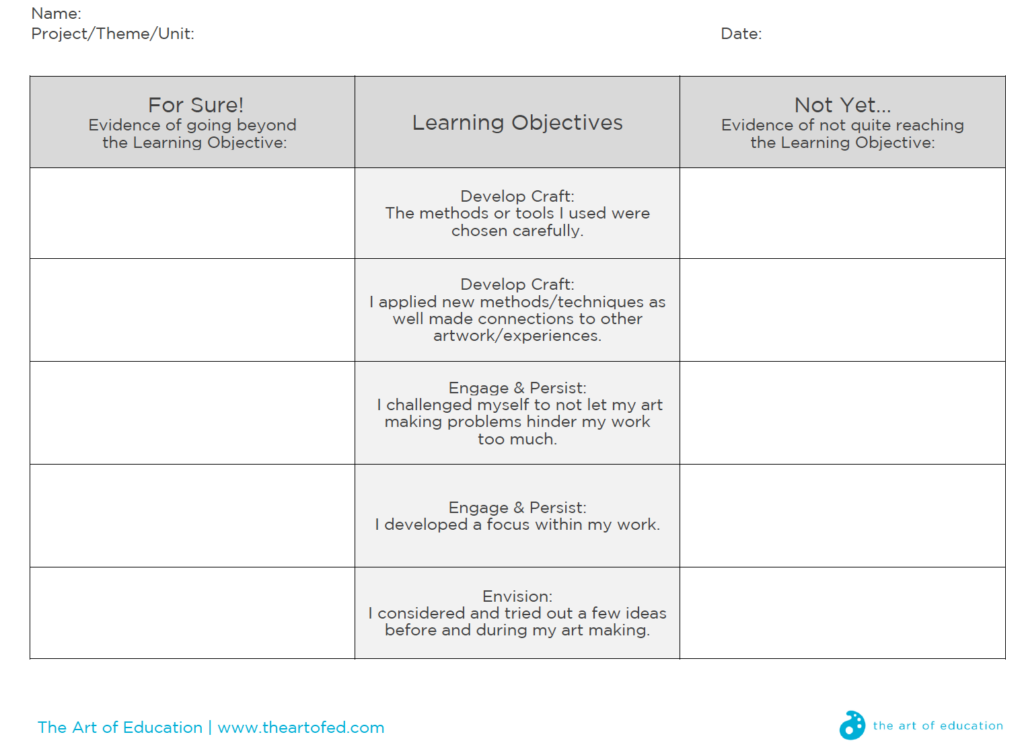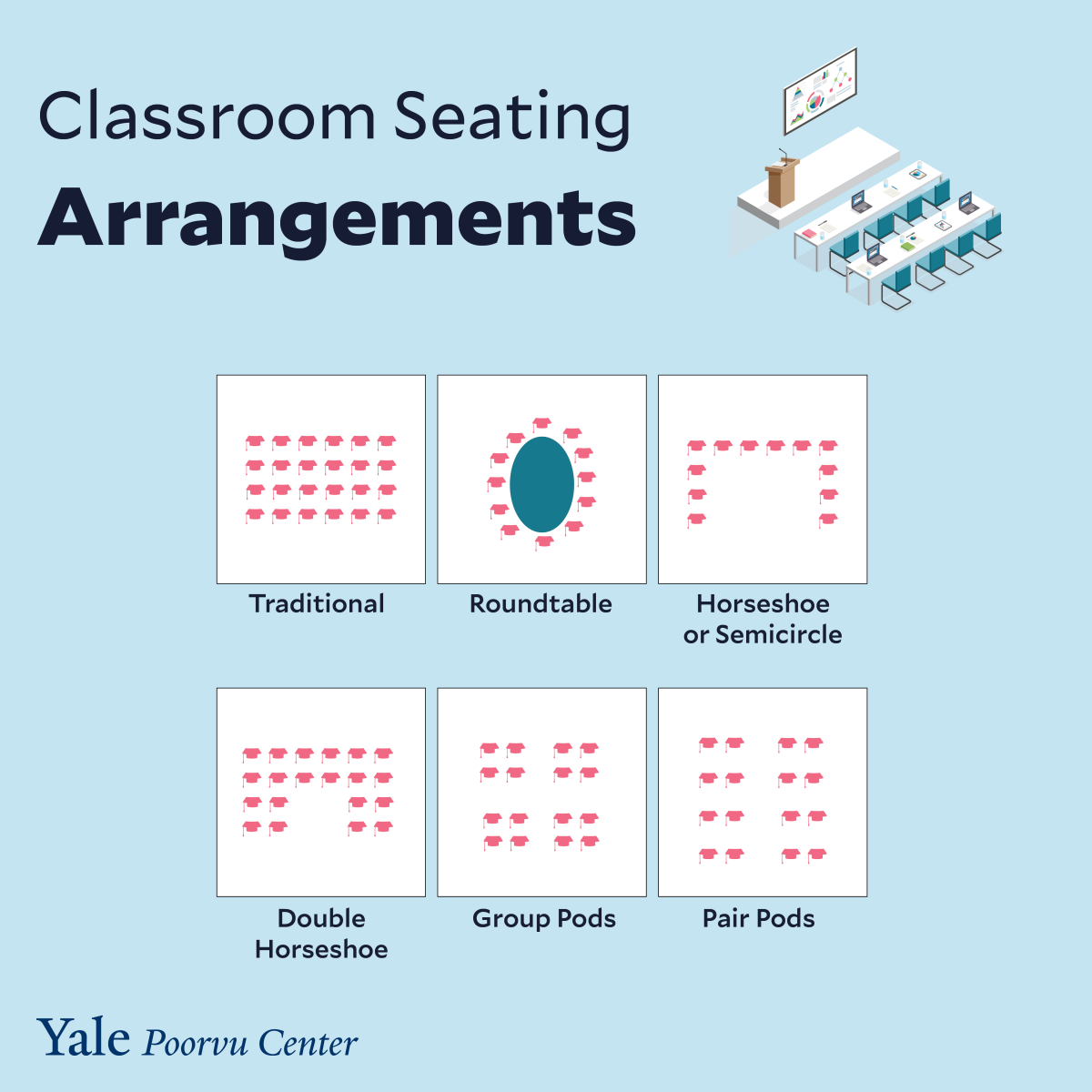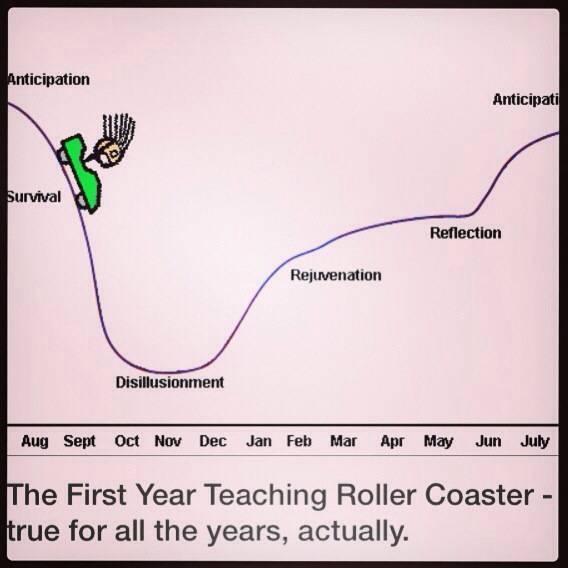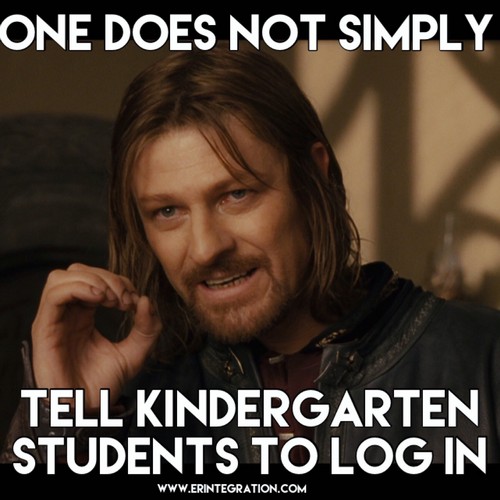"When students are clear on expectations of learning, they tend to double their rate of learning. Moreover, when students are clear on expectations, they have a better chance of assessing their current performance and using feedback accurately. As John Hattie explains in Visible Learning, self assessment, feedback, and student clarity yield substantial growth in student learning."
1) Have clear learning targets for the assignment, and share them in student-friendly language.
One big concern teachers share is that students can't or don't accurately monitor their progress or provide accurate feedback to each other. The more "targeted" and clear we can make expectations for students, the more likely they are to hit that target.
“When students understand exactly what they’re supposed to learn and what their work will look like when they learn it, they’re better able to monitor and adjust their work, select effective strategies, and connect current work to prior learning.” (from Brookhart and Moss “Learning Targets. On Parade” Educational Leadership, October 2014, v. 72 p. 28)
There is power in SHOWING, not just telling, what we are looking for. In fact, for bigger assignments, this can be done as a co-construction activity, in which the teacher shows examples of what they are looking for and asks students to identify what made the work successful. In this way, students "own" the drafting of the criteria for success.
This can even develop as a checklist! This checklist can become the core of a rubric, or students can use those criteria to review their work during and after it is created.
3) Build in time for students to use them.
Giving class time for students to use a rubric or checklist to review and revise their work is tough--after all, there is a lot to cover in that precious time! But if we want to make sure students feel more success the first time, and to save ourselves time reteaching (and taking home assignments to write feedback on!), this is time well spent. One way to engage students is to use a single-point rubricNot only does this save time in creating a big, detailed rubric, but it provides the student (and teacher) space to provide specific feedback on how the student work does or doesn't meet the criteria. This can be a formative assessment, as students who can't or incorrectly identify evidence that they meet the success criteria are good candidates for reteaching, while those who can identify why they aren't yet meeting success may be able to improve after self-reflection.
Make time to save time
It seems counterintuitive to plan more class time to review learning targets, co-create success criteria, and spend time using a rubric, but that time is shown by research to be well-spent. Students show greater understanding and success, and teachers do LESS of the work in the long run. It's a win-win!
